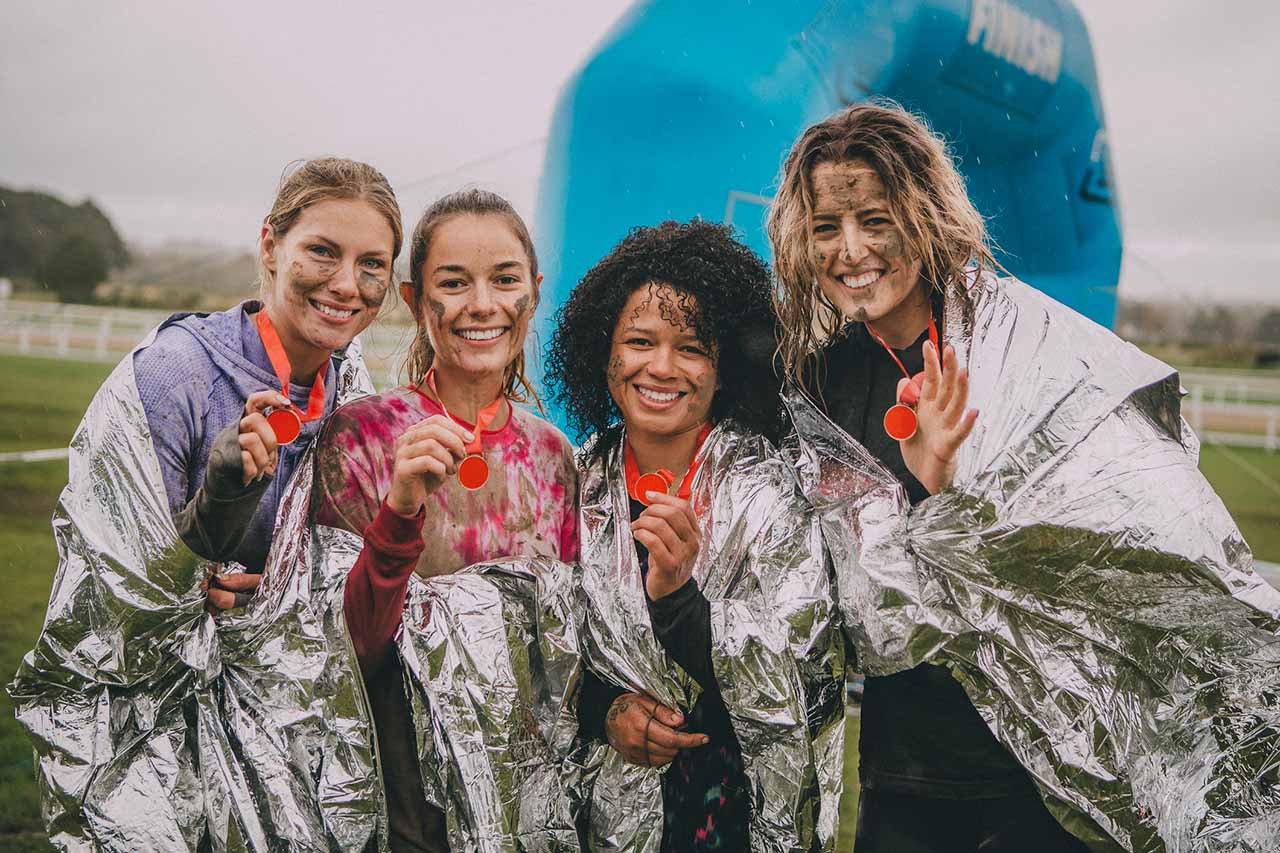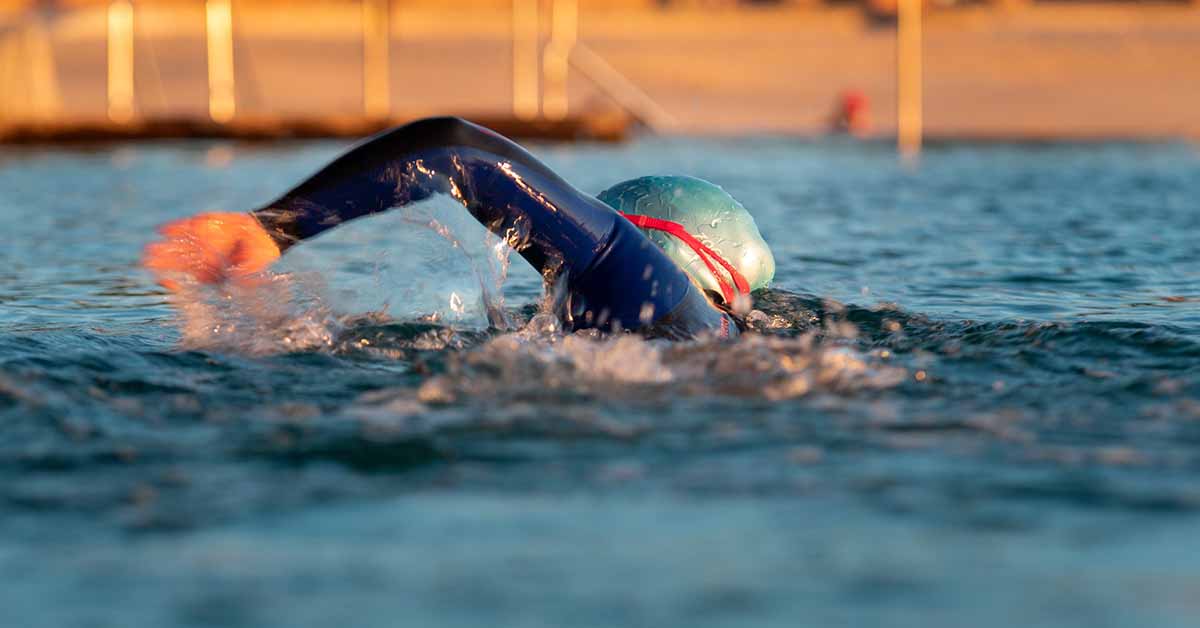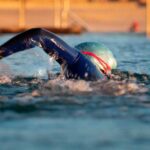Whilst still mild at the time of writing this, many Open Water Swimmers and Triathletes have already hung up their wetsuits for the year. But, for the hardy there is nothing to stop you still swimming in your local lake or sea through the winter. Here are my top tips for winter swimming;
- Always swim with a buddy or group. This is always good safety advice, but it is especially true in the winter when hypothermia becomes a serious risk.
- Plan your swim carefully taking in account weather forecasts and local knowledge. I like to check Magic Seaweed for sea state and wind. Look at the swell height in particular, for a pleasurable swim you want around 0-1ft – you can find these days more often than you think even mid-winter. Once you get used to a beach you can start to gauge this for yourself. If you are based inland then lakes present less of an issue unless wind is very high, but rivers can be very dangerous in winter as-well as suffering high levels of pollution so always seek local advice.
- Limit your time in the water, if you experience any shivering, confusion or other symptoms then get out quickly, get into dry clothes and a hat as soon as possible. The outdoor swimming society has great advice on this.
- Consider your wetsuit, whilst some can swim without a wetsuit all year round (usually for very short swims) most will want to wear a suit. You can now get thermal wetsuits with fleece linings that are warmer than standard open water or tri suits. There is a slight penalty in terms of weight and flexibility but it is not too bad and this is winter after all, you are unlikely to be racing!
- Wear wetsuit booties/socks. These do make a massive difference, however you will not swim as well! Wetsuit booties will drag your legs downwards and make your kick much harder work, wetsuit socks (like my favourites the Blue Seventy ones -they are SO soft!) are better but nowhere near as good as bare feet.
- Wear gloves! One of the first things we tend to notice as the winter comes on is that after a while in the water it becomes harder to form the correct shape with your hand to catch the water (slightly cupped). Then you find you cannot get your clothes back on or use your car keys! So gloves really do become essential, get a close fit or all that extra water in there will really affect your swimming.
- Headwear! For the hardy non-wetsuit, head-up breast-strokers’ a woolly hat works fine, but for the rest of us a neoprene cap or balaclava is better! The balaclava is warmer but can be too claustrophobic for many. I prefer a sort of skull cap – the Lomo one is good!
- Pollution! In winter this is more of an issue than in summer. Increased rainfall means more storm sewer overflows operate more often and more runoff from livestock fields. Lower levels of Ultra-Violet light in winter means the bugs survive longer in the water. Sea water is better as the salt does reduce numbers. I always check the Safer Seas website first, but use my local knowledge too. Generally avoid swimming after heavy rainfall!
- Take your time! When we enter cold water heart rate and breathing go very high, it can take 5 minutes for it come even half-way to normal. You cannot swim if your heart and lungs are racing, stand in waist height water and let the heart rate drop, then and only then start to swim.










